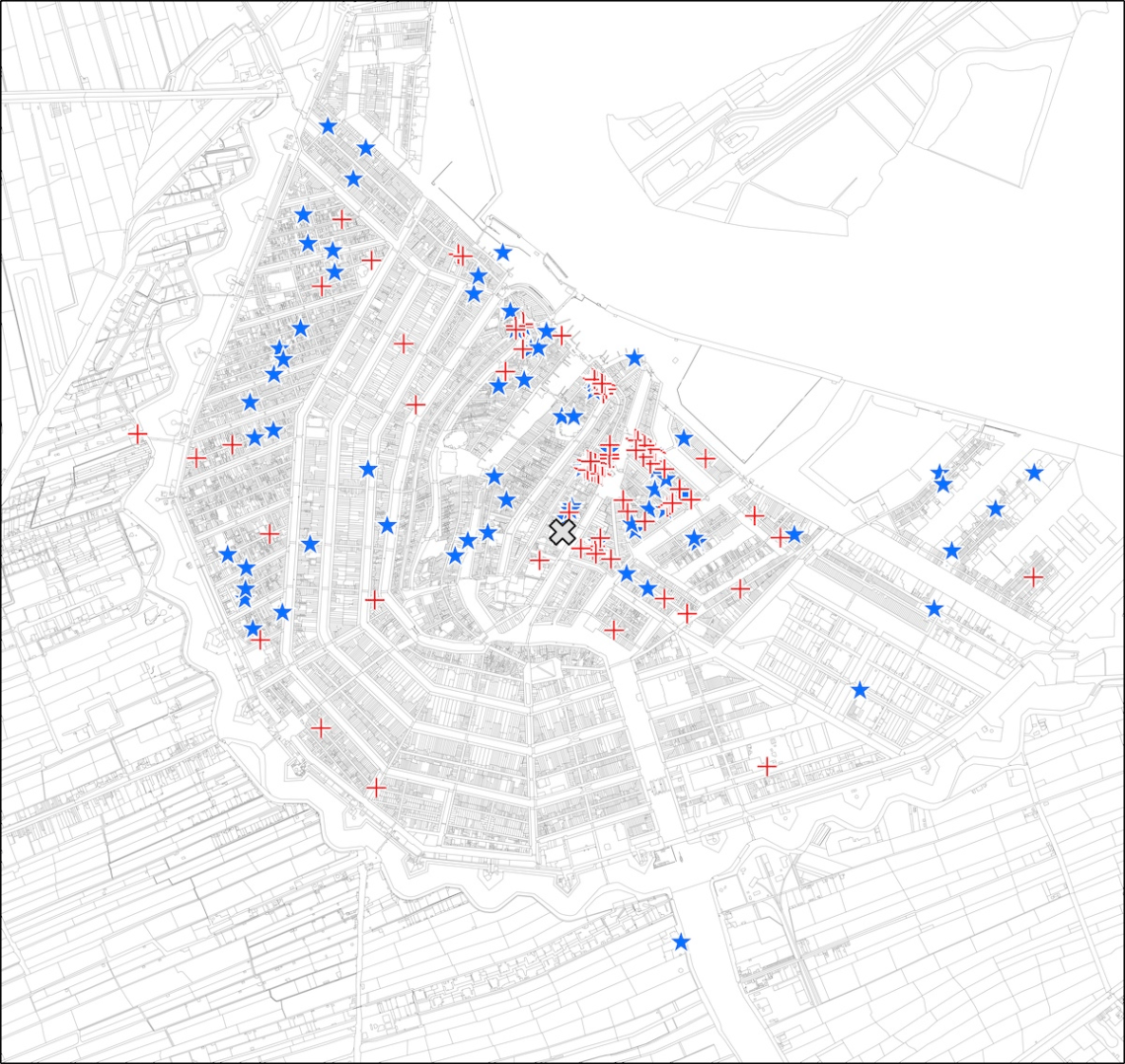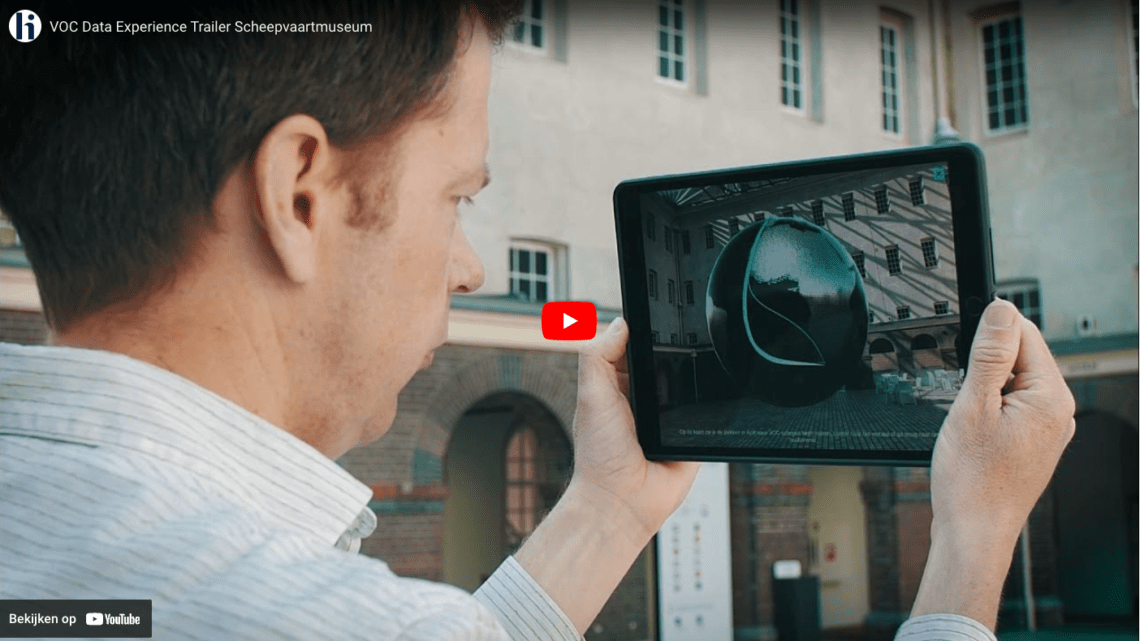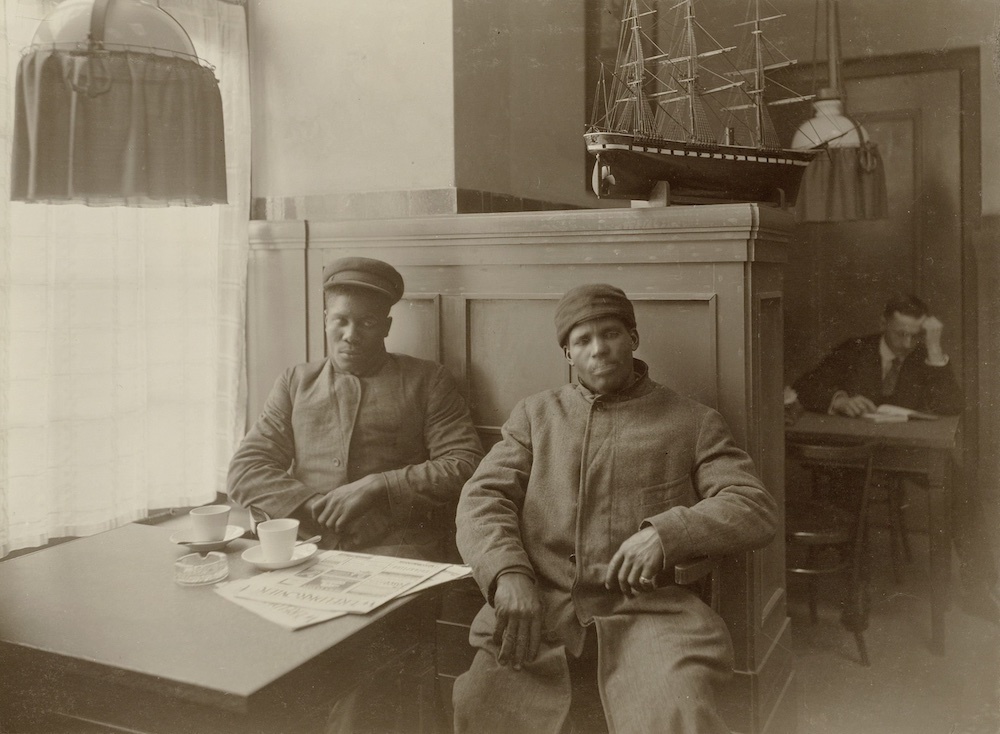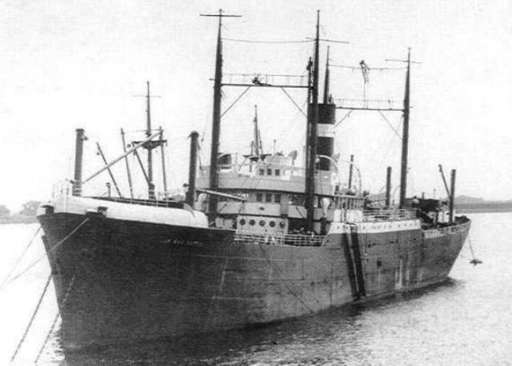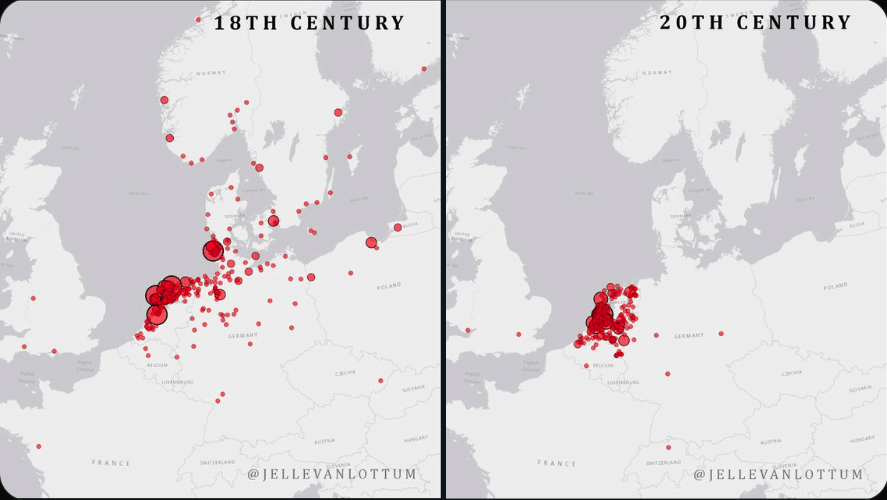Data
-
VOC Sailors’ Last Days in Europe
Our new Dutch-language book, In de schaduw van de stad (Amsterdam: Ambo|Anthos 2023), which tells a series of short stories about ‘ordinary’ Amsterdammers through the ages, includes a chapter on sailors. We researched the crew members of three VOC ships that left Amsterdam in November 1775: who were they, where did they come from, where did they live or stay in Amsterdam? It was known that inns played an important role in the lives of many aspiring VOC sailors by providing a place to stay and information about finding work with the VOC. And it was also known that this was especially true for migrants. But we were surprised when…
-
Where Dutch seafarers on Belgian merchant vessels came from (1845-1885)
In an earlier post, our colleague Kristof Loockx, postdoctoral researcher at the University of Antwerp, wrote about the Antwerp seamen’s registry–a great source for maritime historical research. In this post, he takes a closer look at the Dutchmen in this registry: where in the Netherlands did they come from? Foreigners in the Antwerp seamen’s registry During the nineteenth century, there were never enough Belgian seafarers to meet the demand for labour of the Belgian merchant fleet. The Belgian merchant marine therefore relied heavily on foreign labour. In general, the ratio of Belgian to foreign seafarers was about 1:2 in the middle of the century, and 1:2.8 in 1890. We know…
-
Dutch merchant seamen in Belgian sources
Seafarers have never been bound to a particular flag, which makes it challenging to reconstruct their careers. In this post, Kristof Loockx, postdoctoral researcher at the University of Antwerp and visiting researcher at the Huygens Institute for the History of the Netherlands, addresses a selection of sources that provide more information about Dutch seafarers on the Belgian merchant fleet. In our section on Sailor’s lives, he makes these sources tangible by following two Dutch seafarers who sailed regularly on Belgian merchant vessels during the nineteenth century. The seamen’s registry The registration of individual seafarers in Belgium coincided with the introduction of a mandatory insurance for merchant mariners in 1845. Every…
-
VOC Data Experience
We have frequently written on this site about our research on the crews of the VOC. In the VOC Data Experience, this data now comes to life with spectacular visualisations in augmented reality (AR). Click on the image below to watch the trailer. Six experiences in AR The VOC Data Experience starts with a cloud of names of hundreds of thousands of crew members of the Company’s ships. More information is available about each of these individuals. There are also six thought-provoking experiences. In each of these, a theme is highlighted using original data from the VOC. Data expert Lodewijk Petram, together with different heritage specialists or researchers, explain and…
-
A collection of sailor’s biographies
We’ve added something new to this website: a collection of sailor’s lives. In a number of short biographies, we explore the lives of some individuals and small groups in the data sets we work with, such as the VOC pay ledgers and records of 19th and 20th-century shipping companies. Our aim with this collection is simply to learn a bit more about the background of the seafarers in our research data. Our quantitative data are a very good starting point for analyzing where sailors came from, how their origin influenced their chances of gaining a promotion to a higher rank on board, and how these things changed over time. But…
-
Reconstructing the career of a 20th-c sailor: the case of Wilfried Julius Lackin
In an earlier post, we explained our methodology for reconstructing careers of sailors from 18th-c data. In this one, Daniël Tuik, researcher on our ongoing Sailors on Dutch merchant marine in the 19th and 20th centuries project, tells about his work with the personnel files of the Koninklijke Nederlandse Stoomboot-Maatschappij (KNSM), a company that operated mainly from Amsterdam between 1856 and 1981. Jigsaw puzzle Reconstructing a career is essentially like putting a large jigsaw puzzle back together. There is no clear overview, because the available information is fragmented across different archival records. As an example I will reconstruct the career of Wilfried Julius Lackin, which is notable for both its…
-
First results from our project on the recent history of merchant marine sailors
We can show some first results from our recently started project on sailors aboard Dutch merchant marine ships in the 19th and 20th centuries. Researcher Daniël Tuik has been working on a sample of personnel records from the archives of the Koninklijke Nederlandse Stoomboot-Maatschappij (KNSM), a shipping company that was based in Amsterdam. He tells more about his work in another blog post. The map on the right in Jelle’s tweet shows the birthplaces of KNSM crew members in the 20th century, mainly sailing on trans-Atlantic routes, while the one on the left shows where the sailors came from who appear in the Prize Paper dataset, which also mainly contains…
-
Our research soon visible in augmented reality
Together with Dirk Bertels / Studio Louter we have been awarded a subsidy from the Creative Industries Fund NL under the Digital Heritage x Public scheme to build the VOC Data Experience. Visitors to the experience can explore three existing online data sets about the Dutch East India Company (VOC) in augmented reality (AR). In the VOC Data Experience we will unlock three digitized VOC sources for a broad audience in a stimulating way. Visitors will be able to literally ask questions to the crew members of the VOC on an iPad: Where did you come from? What was your chance of survival? Did you participate in the slave trade? To find…
-
Women sailors in the ranks of the Dutch East India Company
Last week, Jelle tweeted about the women who dressed up as men to land a job with the VOC and were fired when subsequently their ‘real’ gender became known. Several people have asked for more information, in particular about the origins of the women involved. Below is a spreadsheet that lists their (for obvious reasons fake) names, and their place of origin – all other information available about the individuals are also listed. As you can see in the ‘remarks’ column, there are some really interesting cases: a woman going by the name of ‘Hendrik Huijsloop’ married a fellow sailor on board the Petronella Alida, and the ‘Joannes Burghart’ case…
-
Daniel Engel: a maritime career reconstructed
Daniel Engel was a young man from ‘Dantsig’ (modern-day Gdańsk in Poland) who travelled to the Dutch Republic in the mid-18th century to apply for a job with the Dutch East India Company (VOC). We’ve written about him before (in this blog post, where we introduced the Company’s pay ledgers, one of our main data sources) and now come back to him once more. Not that Engel is so special–on the contrary, there were thousands of men like him in the ranks of the VOC–but because his story is a good case in point for illustrating our work on reconstructing maritime careers. 1766: first journey to the East Indies A…
